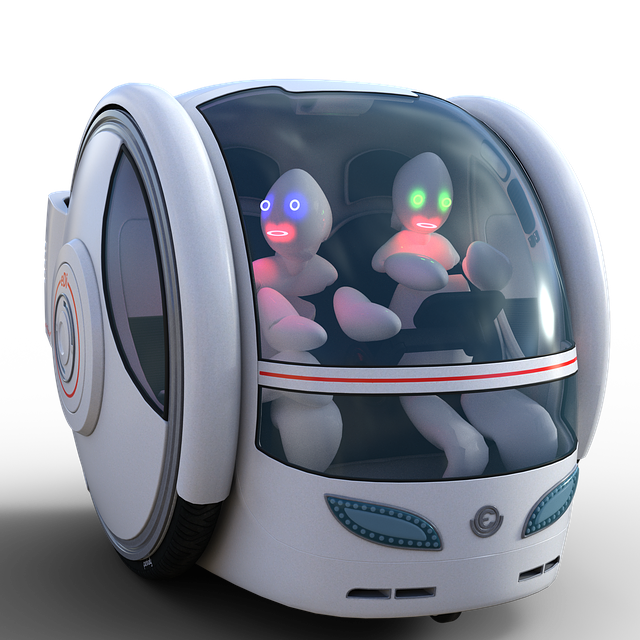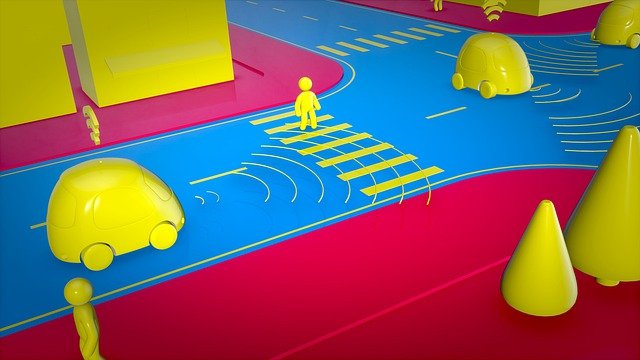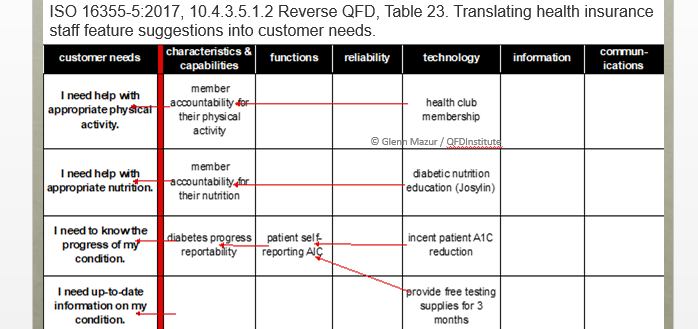Autonomous Cars
Look up "autonomous" in the dictionary and you see entries such as "freedom to act independently," "self-ruling," and "unmonitored."
A recent megatrend study by Goldman Sachs was dismissive of the future of autonomous vehicles because the social, economic, and regulatory changes needed were not yet mainstream. Even Google, which has come closest to a commercial vehicle has to write algorithms based on sensor data regarding other vehicles, road conditions, and other information.
Hardly independent, self-ruling, or unmonitored!
QFD Thinking
This might be useful to addressing autonomous cars. In modern QFD, we must first ask who are the key customers for autonomous vehicles? What is their scenario? I'll suggest a few examples here:
Young people who crave technology. (Spends their money on tech toys which are cheaper than cars, bikes to work or school, finds Uber a better alternative than owning a car -- no worries about insurance, fuel, parking, etc. and can use smartphone to work or play while waiting.)
Busy people who have more important things to do than pay attention to the road. (Autonomous cars might work, but might they prefer a driver.)
Older people who wish to avoid compromising their safety such as night time driving, rush hour driving. (Do their errands during the day and avoid anything more complicated than a TV remote.)
Customer Requirements & Priorities
What customer needs are their most important, given these customer segments and scenarios? Here are some possibilities (again examples):
Young people: I appear tech savvy, I feel healthy, I am conscientious about the environment, I don't waste time getting where I need to go, etc.
Busy people: I don't waste time getting where I need to go, I can do other things while commuting, etc.
Older people: I am safe while traveling, I do not endanger others while traveling, I can park easily at my destination, etc.
Exploring Solution Possibilities
What alternatives meet them best, given these customer needs?
For example,
Young people: Ride sharing, taxi, bicycle.
Busy people: Ride sharing, car with driver, train.
Older people: Taxi, go with a friend. Based on this quick analysis,
Based on this quick study, at the moment (July 2015) I don't see autonomous vehicles anytime soon being the preferred, day-to-day transportation for these segments. Thus, the social changes are not yet significant. Economic and regulatory changes are more on the technical side and may be solved sooner than the social.
Reverse QFD for Technology-driven New Product Development
Now, if we use "technology-driven Reverse QFD," then we can start with the autonomous solution, identify its key functions, identify the needs addressed by those functions, identify which customer segments highly values those needs, and then finally determine whether these segments are sufficient to build a business case.
For example:
Autonomous vehicle key functions: accepts verbal inputs, navigates controls to any destination, stores frequently traveled destinations, avoids collisions, parks, etc.
Needs addressed by these key functions: I can easily change destinations mid-trip, I can send instructions from other devices, I don't waste time getting where I need to go, I can travel safely, etc.
Customers segments that highly value these needs: Busy people who must conduct business while out-of-office (sales people, delivery services, Santa Claus), etc.
Business case: How many sales calls are still done face-to-face, given Skype and other interactive tools? (Developed world has about 9 million salespeople.)
How many deliveries are made each day? (UPS makes more than 6.5 million delivers/day, and the cost of one extra mile driven per day per driver costs an extra $30 million/year.
How many deliveries does Santa make? (About 90 million Christian homes, assuming at least one good child in each. But only one day a year).
Conclusion
It would seem the best opportunity for social change to autonomous vehicles might be in the delivery sector. The economics are somewhat already achieved through navigation software used by companies such as UPS and FedEx to optimize delivery routes. But is there enough in-the-truck work that could be done by drivers relieved of operating the vehicle?



